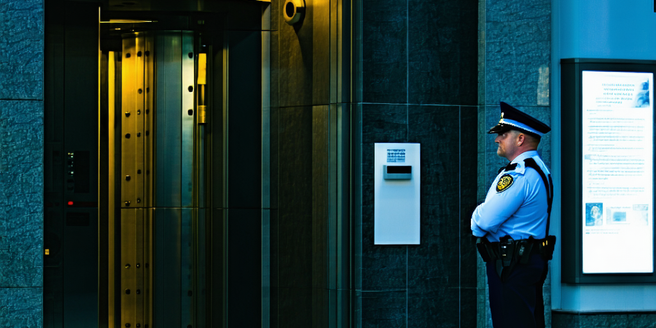Evaluating Safety And Security Of Apartments

Understanding Basic Safety Features
When considering apartment safety, basic features are crucial. These include well-maintained locks on doors and windows, which are the first line of defense against intruders. It’s important that these lock mechanisms are regularly checked and replaced if worn out. Adequate lighting in common areas like hallways and staircases is also essential to deter potential threats and ensure visibility. Smoke detectors and fire extinguishers should be installed and regularly tested to comply with safety guidelines. Apartments should also have clear fire escape routes and evacuation plans visibly posted. By understanding and ensuring these basic safety features are present and functional, residents can significantly enhance their sense of security and are better prepared for emergencies.
Assessing Security Measures in Apartments
Security measures in apartments significantly affect tenant safety and peace of mind. When assessing an apartment, consider the presence of security personnel or doormen. These professionals manage access control and can alert authorities if necessary. Furthermore, surveillance cameras in strategic locations add an extra layer of protection by monitoring movements and capturing evidence if any incidents occur. Access control systems, such as keycard entries and intercom systems, regulate who enters the building and ensure that only authorized individuals have access. Regular maintenance and checks of these systems ensure they function correctly. It’s essential to evaluate these measures to determine the apartment’s overall security effectiveness.
The Role of Technology in Apartment Safety
Technological advancements play an essential role in enhancing apartment safety. Smart home devices, such as smart locks and video doorbells, offer residents control over their home’s security remotely. These devices notify residents of any irregular activity through mobile alerts and provide live feeds from entry points. Security systems integrated with smartphone apps enhance convenience by allowing remote monitoring. Automated lighting systems deter crime by making it seem like someone is home, even when the apartment is unoccupied. Technology not only enhances security but also adds to the convenience and peace of mind for apartment dwellers. Ensuring that these technologies are correctly installed and maintained is paramount for maximizing their effectiveness.
Tips for Enhancing Personal Safety
Improving personal safety within an apartment setting involves several proactive steps. Start by familiarizing yourself with the building and its surroundings, noting exits and emergency equipment locations. Establish a routine of locking all doors and windows and ensuring they are in good condition. Make acquaintances with neighbors to create a community lookout and exchange contact information for emergencies. It’s also advisable to avoid sharing keys or allowing strangers into the building. Utilize personal safety apps and share your location with trusted associates when needed. Staying informed and developing an individual safety plan can greatly enhance your overall security.
Evaluating Emergency Preparedness
Evaluating an apartment’s emergency preparedness is crucial for safety assurance. Residents should check if the building has well-marked and unobstructed emergency exits to facilitate quick evacuation. It’s important to know the location of fire alarms and extinguishers and make sure they are in working condition. Participation in fire drills organized by the apartment management can help familiarize residents with proper procedures. Determine whether the building has a backup power source for critical systems like elevators and lighting. A robust emergency plan with clear communication strategies and contact numbers for local emergency services supports readiness and increases the safety of all residents.
Legal Standards for Apartment Security
Understanding legal standards for apartment security helps tenants know their rights and ensures landlords comply with safety regulations. Laws often mandate the installation of functioning locks on doors and windows, along with working smoke and carbon monoxide detectors in apartments. Some regions may require buildings to have fire escape maps and extinguishers in common areas. It is essential for tenants to be aware of these standards to advocate effectively for any necessary improvements. Knowing local legal requirements regarding apartment safety helps residents recognize if their building meets mandatory criteria and provides a basis for requesting enhancements where needed.